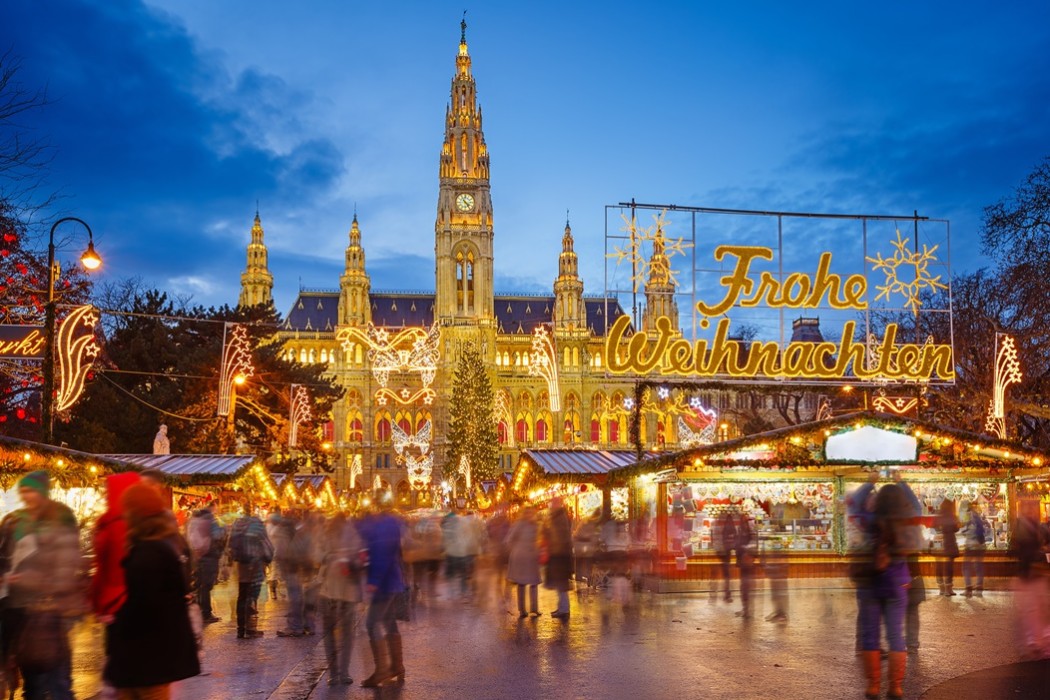The city of Vienna, Austria, like a number of other cities, has a growing difficulty with vacant ground floors and deactivated desolate street (common) spaces. The vacancy in Vienna becomes noticeable and widespread only at the level of ground floor zones.
This development does not seem as dramatic as those completely empty buildings and blocks in some other post-industrial or post-socialist European cities. Furthermore increasing rates of vacant ground floor areas at street level show that this development is not as harmless as it appears.
Over the last few decades the urban renewal program ‘the block renewal’ in Vienna had the physical building regeneration as prime objective. An extension of the current urban renewal practice is absolutely necessary to keep the versatile use of the urban fabric and to improve the quality of life in Vienna’s high density urban areas to keep the households in the central areas of the city.
The following measures are recommended:
- Knowledge transfer, communication and cooperation of all departments of urban planning and urban politic;
- Special support and subsidies for small(est) enterprises of ground floor zone;
- Special and effective subsidies and customized information services for the entrepreneurs to start and to develop small business;
- More subsidies and information for the greening measures in the courtyards and street spaces;
- Innovative measures for the reduction of car traffic and traffic calming methods;
- Extension of housing subsidies to support the non-residential uses in the ground floor zones;
- Abolition of the regulation of the obligatory car parking lots units within the building block, for the new built “penthouses” on top of them;
- Further development of urban renewal methods to regenerate the neighborhood as a whole
Monitoring the gentrification and the risk of displacement of the existing inhabitants during the urban regeneration process has been an additional target of the field studies in the pilot area. Over the last centuries this area has been the location of the new comer migrant families mainly from Eastern Europe.
The period of the field studies has been extensive enough to survey the consequences of urban renewal activities in the pilot area. Since there is no urgent pressure from the property market or severe difficulties through mass immigration, a gentrification process takes over ten years in Vienna.
Finally, as with every city development scheme, legislative regulations of the local government play a major role in accomplishing sustainable and eminent results for urban space areas. In this very case the appropriate use
of vacant ground floors and deactivated desolate street (common) spaces.
Note from Storm: My thanks to Manfred Schrenk of CORP (Competence Center of Urban and Regional Planning) for originally publishing this report, and for bringing it to my attention.
This report was published in 2010, but it retains its relevance for cities worldwide that are struggling to revitalize urban streets and reactivate vacant spaces. The report was first presented at the 2010 CORP conference in Vienna. The next CORP conference will take place in Hamburg on June 22-24, 2016.
Author: Dr. Betül Bretschneider, Vienna University of Technology, betuel.bretschneider@tuwien.ac.at
Photo of Vienna Christmas market: Dollar Photo Club
See full report.

